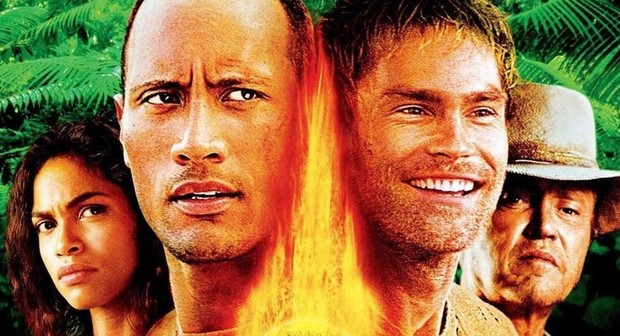Brotherhood of the Wolf (2001) – A Genre-Bending French Masterpiece of Mystery and Martial Arts
Brotherhood of the Wolf (Le Pacte des Loups) is a visually striking and thematically ambitious French film directed by Christophe Gans. Released in 2001, it merges genres in a way that few films dare—combining historical drama, action, horror, political intrigue, and martial arts into a unique cinematic experience. Loosely inspired by the real 18th-century legend of the Beast of Gévaudan, the film fictionalizes the hunt for a monstrous creature terrorizing rural France.
The story centers around Grégoire de Fronsac, a royal naturalist dispatched by the King to investigate the mysterious killings, and his companion Mani, a stoic and skilled Iroquois warrior. As they delve deeper into the strange attacks and the terrified local populace, they uncover a conspiracy that runs far deeper than just a rogue predator. The Beast, as it turns out, is no mere animal, but part of a dark and deliberate scheme that intertwines religion, politics, and aristocratic corruption.

What makes Brotherhood of the Wolf so compelling is its boldness in tone and style. Visually, it’s lush and atmospheric, with sweeping shots of mist-covered forests, lavish costumes, and intricate set designs. The cinematography evokes both the elegance of a period drama and the dread of a gothic horror. This contrast plays a vital role in reinforcing the film’s central theme—the collision between Enlightenment rationality and old-world superstition.
One of the film’s most unexpected and entertaining features is its martial arts choreography. Mani, played by martial artist Mark Dacascos, brings intense physicality to his role. His fight scenes, complete with stylized combat and slow-motion action, add adrenaline to the otherwise moody and cerebral narrative. These moments feel almost mythological in tone and blend surprisingly well with the film’s baroque aesthetic.

Samuel Le Bihan as Fronsac carries the film with a performance that balances reason and emotion, while Monica Bellucci adds mystique and allure in a supporting role as a courtesan with secret motives. The ensemble cast delivers performances that elevate the story beyond its pulpy premise.
Thematically, the film explores nationalism, religious extremism, colonialism, and the manipulation of fear—subjects still relevant today. The Beast itself becomes a metaphor, not just for literal terror, but for how those in power use fear to control populations. It’s this deeper subtext that gives the film its staying power beyond its genre thrills.
Upon release, Brotherhood of the Wolf was a major success in France and performed well internationally, especially in the U.S. where it became one of the highest-grossing French-language films. Though it received mixed reviews—some critics praised its ambition and originality, while others found it too chaotic—the film has since gained a cult following.
In conclusion, Brotherhood of the Wolf is an audacious film that defies easy categorization. It’s part monster mystery, part historical epic, part kung-fu spectacle, and part political allegory. For viewers willing to embrace its eclecticism and grandiose style, it offers a richly rewarding and unforgettable journey into darkness, myth, and madness.


